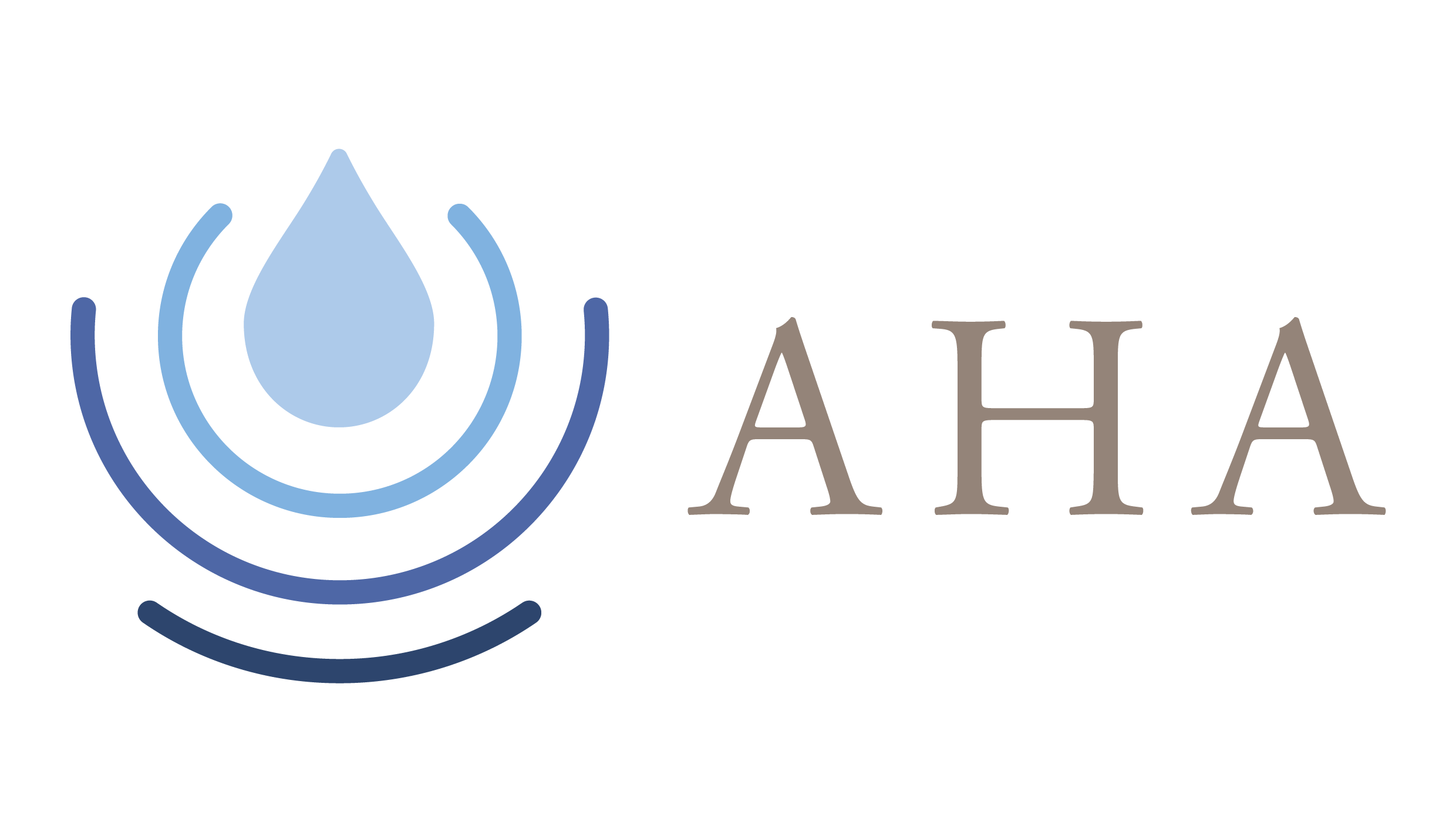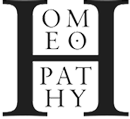America
In the United States homoeopathy has had a long history, with the height of its influence at the end of the 19th century where hardly any city with over 50,000 people was without a homoeopathic hospital. In 1890, there were 93 regular schools, 14 of them were fully homoeopathic. In 1900, this number had increased to 121 regular schools, with 22 of them being homoeopathic. 2.5 million Americans use homoeopathic medicines and the magazine of the Rheumatic Diseases Clinics of North America stated that " homoeopathy is one of the world's most frequently used complementary therapies".1 The American Journal of Medicine reported in an article entitle 'The Future of Integrative Medicine' that integrative medicine now has a broad presence in medical education, having evolved because of public demand, student and resident interest, increased research, institutional support, and novel education programs: "Now on the horizon is a more pluralistic, pragmatic approach to medicine that is patient-centered, that offers the broadest range of potential therapies, and that advocates not only the holistic treatment of disease but also prevention, health and wellness."2
In Canada, the practice of homoeopathic medicine is regulated by provincial jurisdiction, while homoeopathic medicines are governed by federal jurisdiction. The Canadian province of Ontario passed a bill in 2007, legislating and enacting homoeopathy as a government registered health profession.
Mexico has integrated homoeopathy into its national health care system. In as early as 1895, by presidential decree, the first homoeopathic school and hospital were established and regulations issued regarding training standards for homoeopathic doctors.3
A number of Latin American countries have regulated homoeopathy: in Cuba, Argentina and Colombia practitioners have to be doctors who have graduated from a recognised medical school, in Brazil homoeopathy is incorporated into the national health system.3
References:
1 Rheumatic Diseases Clinics of North America, 2000, February, 26, 1, 117-123
2 The American Journal of Medicine, Vol 126, No 8, August 2013
3 'Legal Status of Traditional Medicine and Complementary/Alternative Medicine: A Worldwide Review', an unofficial review by the World Health Organisation 2001


